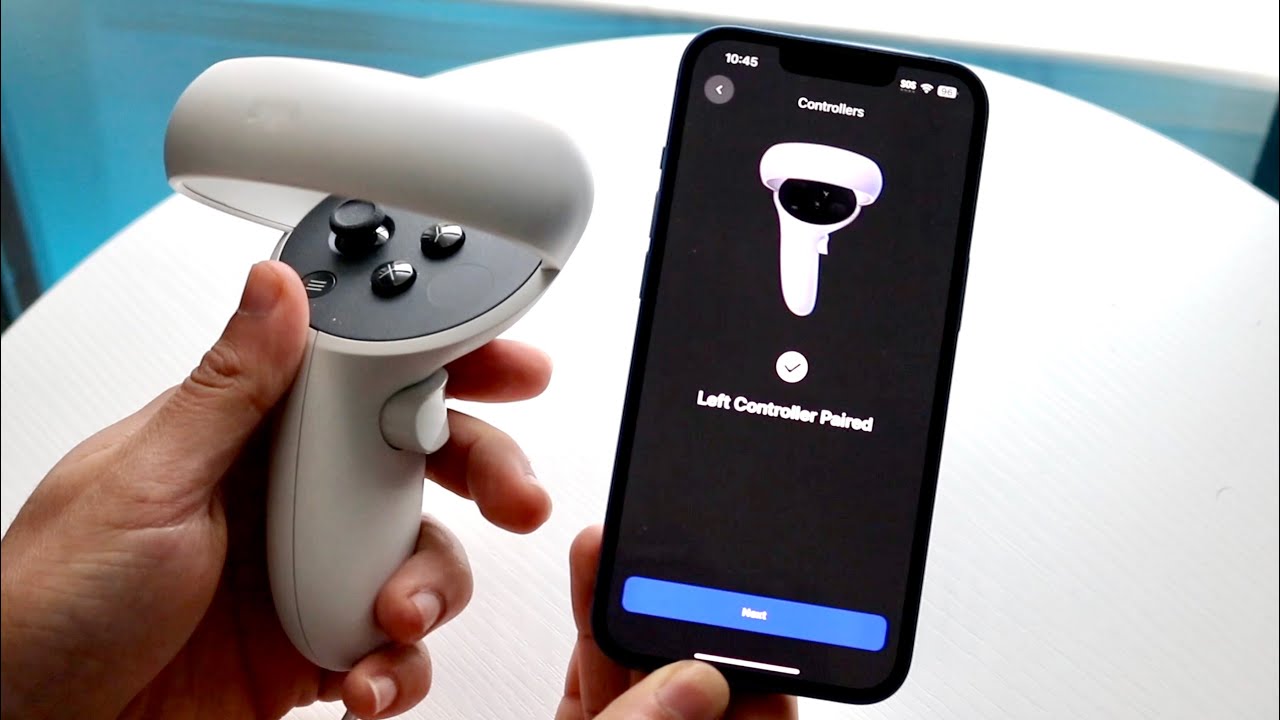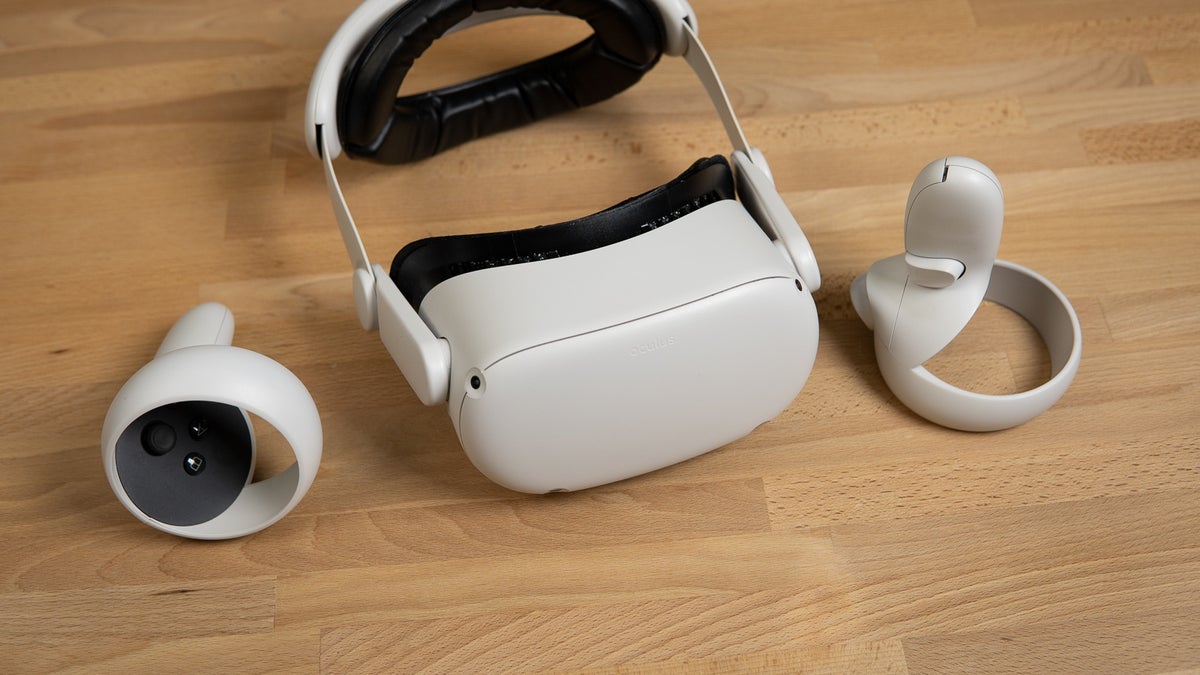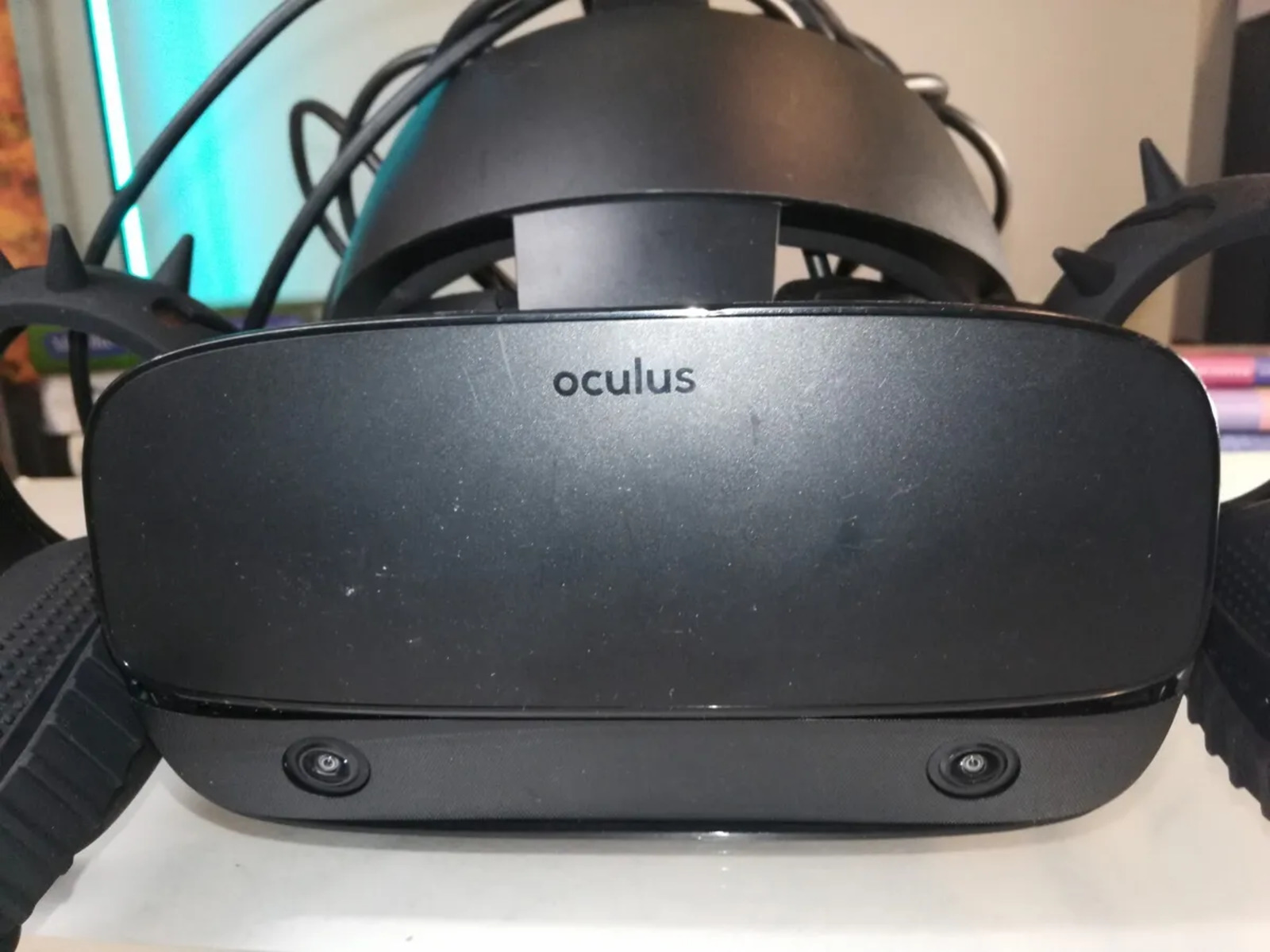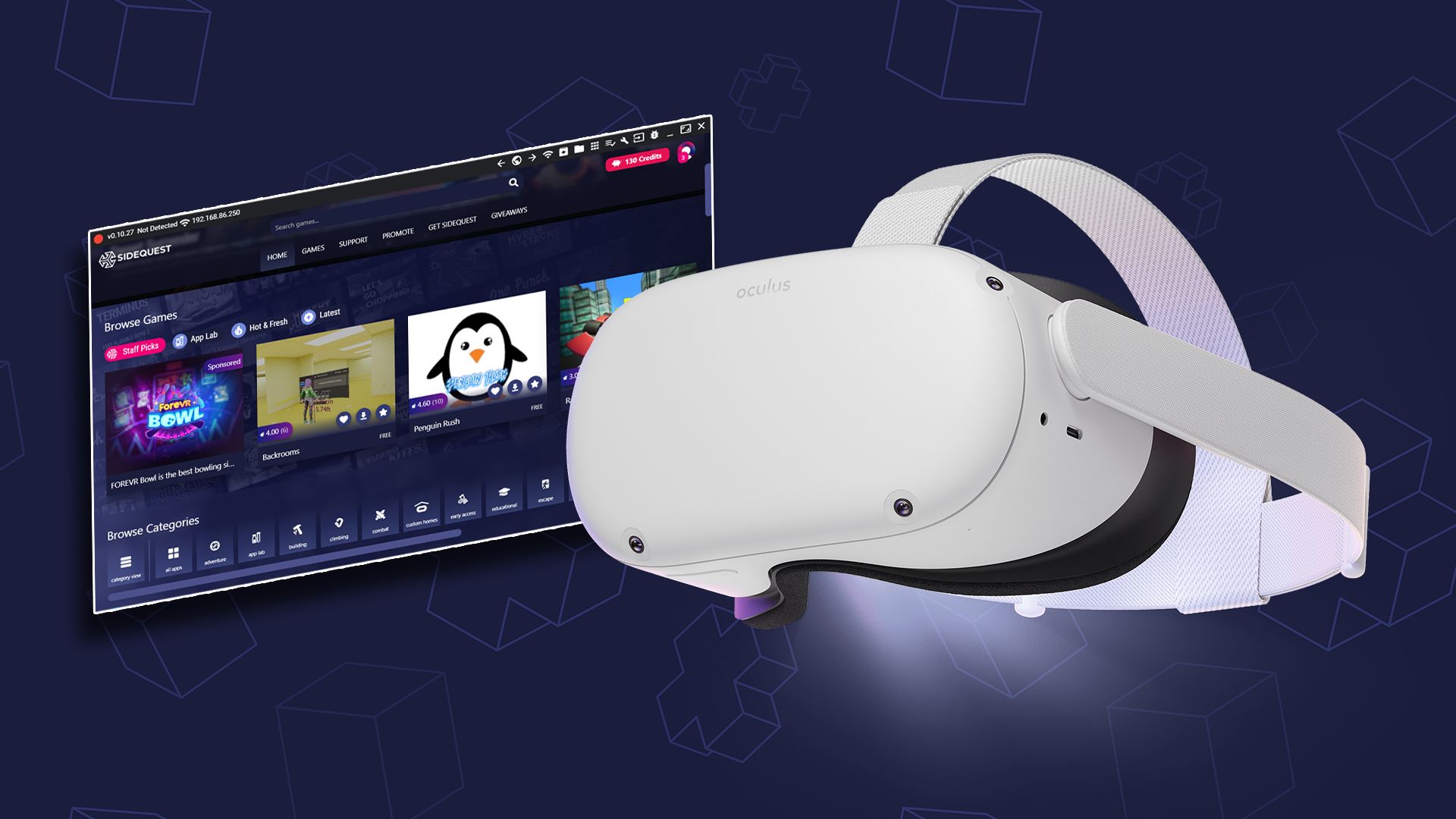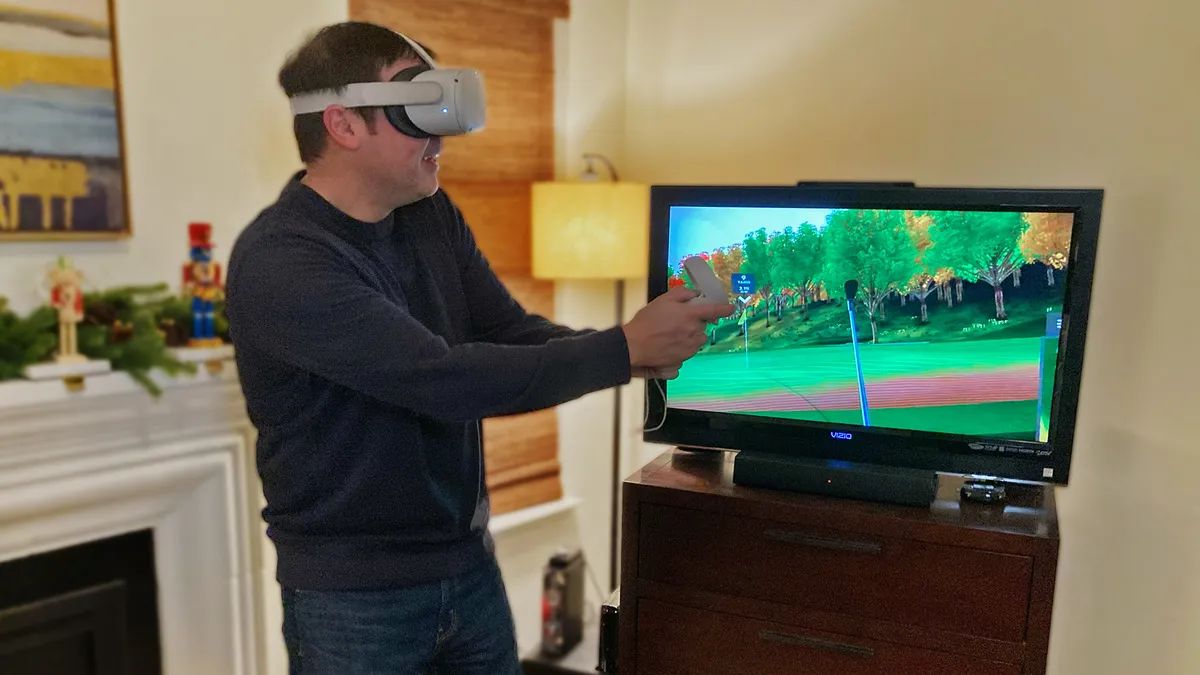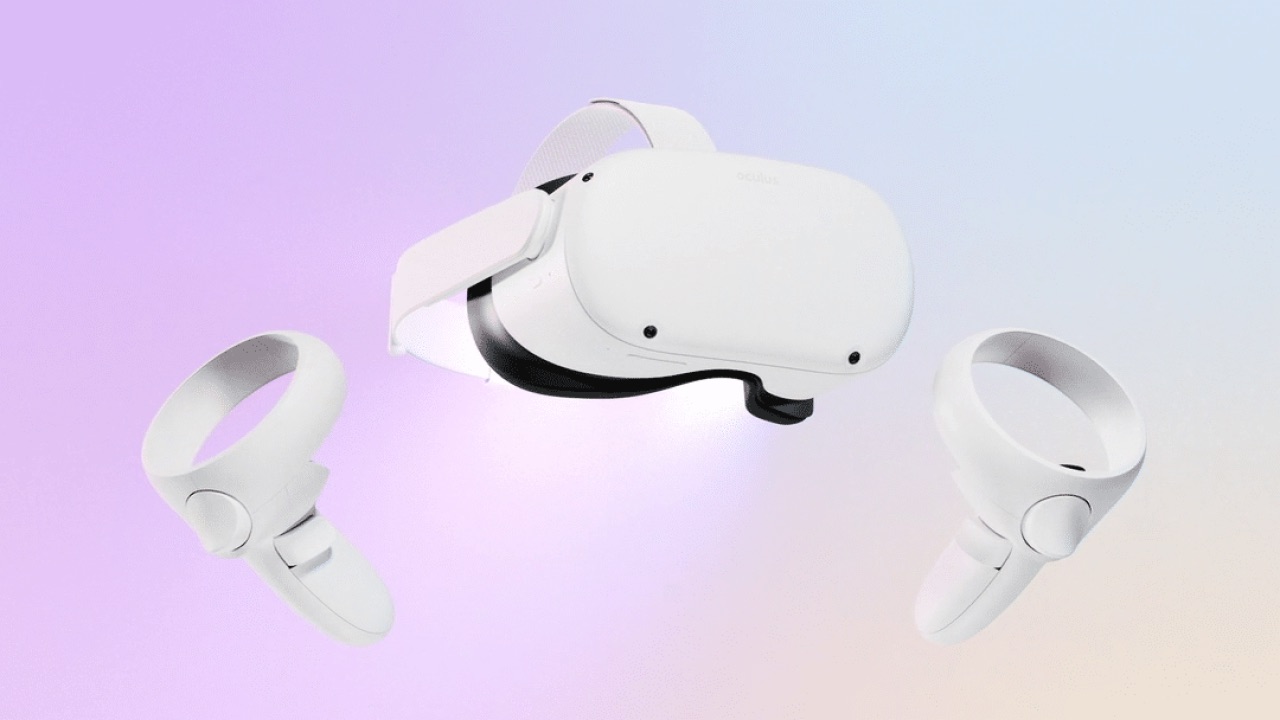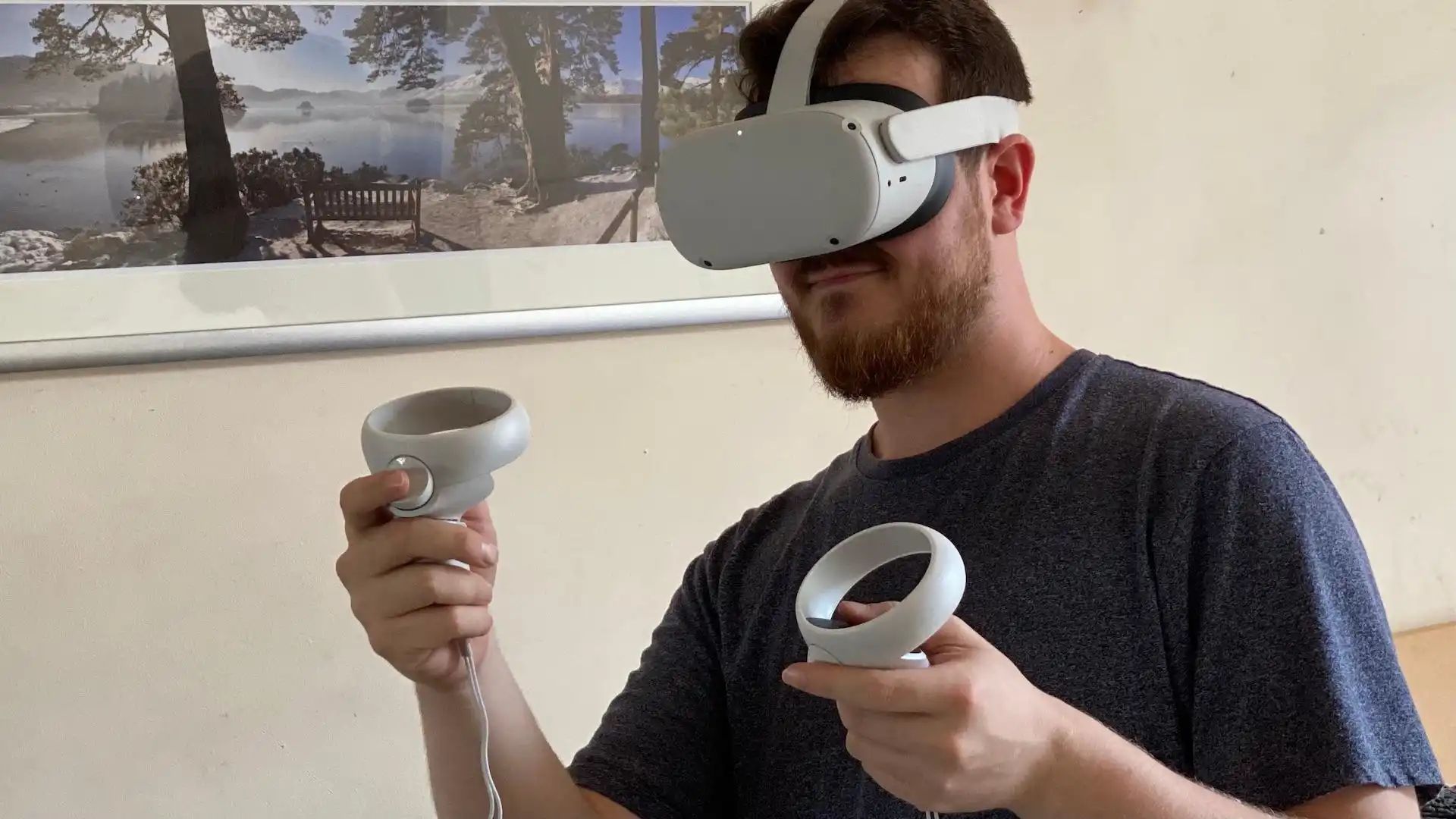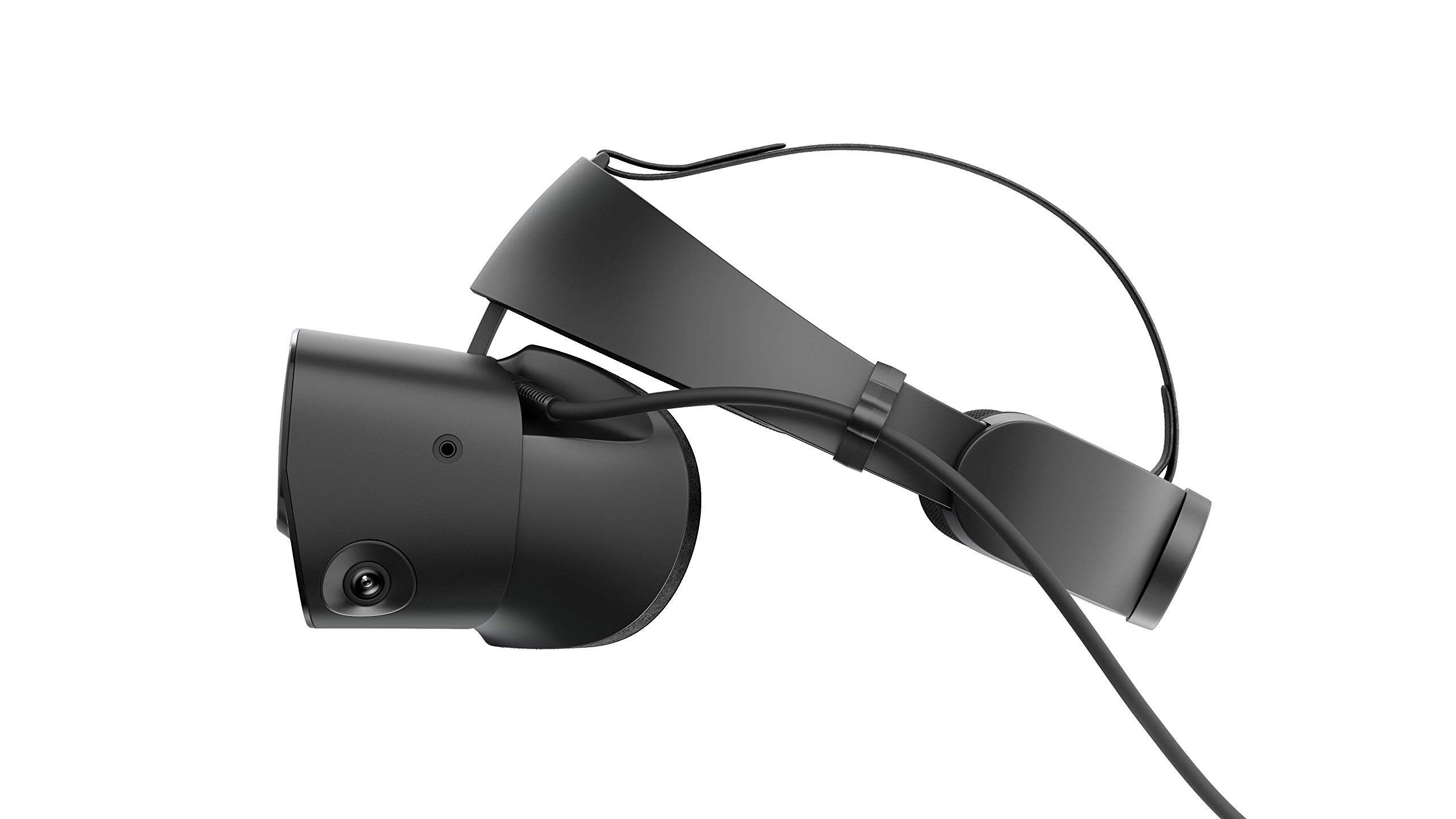Introduction
When it comes to immersing yourself in the captivating world of virtual reality (VR), the Oculus headset stands out as a top choice for tech enthusiasts and gaming aficionados alike. The seamless integration of advanced technology and user-friendly design has made the Oculus headset a popular choice for experiencing VR content. One integral component that enhances the overall VR experience is the Oculus controller, which allows users to interact with the virtual environment in a natural and intuitive manner.
In this comprehensive guide, we will delve into the process of connecting your Oculus controller to the headset, ensuring that you can seamlessly navigate virtual worlds, interact with objects, and engage in immersive gameplay. Whether you're a seasoned VR enthusiast or a newcomer eager to explore the possibilities of virtual reality, understanding the intricacies of Oculus controller pairing is essential for maximizing your VR experience.
By following the steps outlined in this guide, you will gain a deeper understanding of the pairing process and equip yourself with the knowledge to troubleshoot common issues that may arise. From establishing the initial connection to troubleshooting potential challenges, this guide aims to empower you with the expertise needed to seamlessly integrate your Oculus controller with your headset.
As we embark on this journey, it's important to note that the process of connecting your Oculus controller to the headset is not only a technical endeavor but also a gateway to unlocking the full potential of VR immersion. Whether you're navigating a virtual landscape, engaging in competitive multiplayer games, or exploring interactive experiences, the Oculus controller serves as your gateway to a world of limitless possibilities within the realm of virtual reality.
Join us as we unravel the intricacies of Oculus controller pairing, empowering you to harness the full potential of your Oculus headset and embark on immersive adventures that transcend the boundaries of traditional gaming and entertainment. Let's embark on this journey together and delve into the world of seamless connectivity and unparalleled VR experiences.
Understanding Oculus Controller Pairing
Pairing your Oculus controller with your headset is a pivotal step in unlocking the full potential of your VR experience. The Oculus controller serves as your virtual gateway, allowing you to interact with virtual environments, manipulate objects, and engage in immersive gameplay with unparalleled precision and responsiveness.
At its core, Oculus controller pairing involves establishing a wireless connection between the controller and the headset, enabling seamless communication and synchronization. This synchronization is essential for translating your physical movements into virtual actions, creating a truly immersive and intuitive VR experience.
The Oculus controller itself is a marvel of ergonomic design and advanced technology, featuring intuitive button layouts, responsive triggers, and built-in motion tracking sensors. These sensors enable the controller to accurately capture your hand movements and gestures, translating them into precise actions within the virtual environment.
The pairing process is designed to ensure that the controller and headset are in perfect harmony, allowing for real-time tracking and synchronization. This synchronization is achieved through a combination of Bluetooth technology and proprietary Oculus software, creating a seamless and responsive connection that enhances the overall VR experience.
Understanding the intricacies of Oculus controller pairing empowers users to troubleshoot potential connectivity issues, optimize performance, and maximize the potential of their VR interactions. By grasping the underlying principles of this pairing process, users can harness the full capabilities of the Oculus controller, immersing themselves in virtual worlds with unparalleled freedom and precision.
As we delve deeper into the pairing process, it's important to recognize the symbiotic relationship between the Oculus controller and the headset. This relationship forms the foundation of your VR interactions, allowing for natural and intuitive movements that blur the lines between the physical and virtual realms.
In essence, understanding Oculus controller pairing is about embracing the seamless fusion of advanced technology and user-centric design. It's about transcending traditional input methods and embracing a new paradigm of interaction within the immersive landscapes of virtual reality. By comprehending the nuances of this pairing process, users can embark on a journey of exploration, creativity, and seamless connectivity within the captivating realm of VR.
Understanding Oculus controller pairing is not merely a technical endeavor; it's a gateway to unlocking the full potential of VR immersion. It's a testament to the power of innovation and human-centered design, creating a bridge between the physical and virtual worlds that transcends traditional boundaries. As we equip ourselves with the knowledge of Oculus controller pairing, we pave the way for a future where seamless connectivity and immersive experiences converge, opening the door to a world of limitless possibilities within the realm of virtual reality.
Steps to Connect Oculus Controller to Your Headset
-
Power On Your Oculus Headset: Begin by ensuring that your Oculus headset is powered on and ready for pairing. This involves putting on the headset and navigating to the main menu, where you can access the settings and pairing options.
-
Access the Settings Menu: Using the Oculus interface, navigate to the settings menu, which is typically represented by a gear or cogwheel icon. This menu serves as the gateway to various headset configurations and connectivity options.
-
Select the Pairing Option: Within the settings menu, locate the option for controller pairing or Bluetooth devices. This option may vary slightly depending on the Oculus headset model, but it is generally located within the wireless or Bluetooth settings section.
-
Activate Pairing Mode on the Controller: On the Oculus controller, locate the pairing button, which is often situated near the battery compartment or along the device's edge. Press and hold this button to activate the pairing mode, indicated by a flashing light or other visual cue.
-
Initiate the Pairing Process: With the controller in pairing mode, navigate to the pairing option on the headset interface and select the corresponding controller. This action triggers the pairing process, establishing a wireless connection between the controller and the headset.
-
Confirmation and Calibration: Once the pairing process is initiated, the headset interface will confirm the successful connection, often accompanied by a visual or auditory cue. At this stage, the controller may undergo calibration to ensure optimal tracking and responsiveness.
-
Test the Connection: To verify the successful pairing, perform basic interactions using the controller, such as navigating menus, selecting options, or engaging in simple gestures. This step allows you to confirm that the controller is accurately translating your movements within the virtual environment.
-
Fine-Tuning and Customization: Depending on your preferences, explore the controller settings within the Oculus interface to customize button mappings, sensitivity, and other parameters. This step enables you to tailor the controller experience to suit your specific needs and interaction style.
-
Optimizing Tracking and Responsiveness: For optimal performance, ensure that the controller's tracking sensors are unobstructed and that the headset's tracking system is calibrated properly. This step contributes to seamless tracking and responsiveness during VR interactions.
-
Enjoy Seamless VR Interactions: With the Oculus controller successfully connected to your headset, you are now ready to embark on immersive VR experiences, interact with virtual environments, and engage in captivating gameplay with unparalleled precision and responsiveness.
By following these steps, users can seamlessly connect their Oculus controller to the headset, unlocking the full potential of VR immersion and interaction. The process of connecting the controller serves as a gateway to a world of limitless possibilities within the realm of virtual reality, empowering users to explore, create, and engage in immersive experiences with unparalleled freedom and precision.
Troubleshooting Common Issues
Connecting your Oculus controller to the headset is a seamless process, but occasionally, users may encounter common issues that hinder the pairing or functionality of the controller. Understanding these issues and the corresponding troubleshooting steps is essential for ensuring a smooth and uninterrupted VR experience. Here are some common issues and their troubleshooting methods:
-
Pairing Failure: If the controller fails to pair with the headset, ensure that both devices are sufficiently charged. Additionally, verify that the controller is in pairing mode and within the headset's Bluetooth range. Restarting both the controller and the headset can often resolve pairing issues.
-
Intermittent Connectivity: If the controller intermittently loses connection with the headset, check for potential sources of interference, such as other Bluetooth devices or physical obstacles. Relocating to a different area or minimizing Bluetooth interference can improve connectivity stability.
-
Tracking Inaccuracy: Inaccurate tracking of the controller's movements can detract from the VR experience. To address this, ensure that the controller's tracking sensors are clean and unobstructed. Calibration within the Oculus interface can also refine tracking accuracy.
-
Unresponsive Controls: If certain buttons or functions on the controller become unresponsive, inspect the device for physical damage or debris. Cleaning the controller's buttons and triggers can restore responsiveness. Updating the controller's firmware via the Oculus app may also resolve software-related issues.
-
Battery Drain: Excessive battery drain in the controller can impact usage. Ensure that the controller's batteries are properly inserted and charged. If battery drain persists, consider replacing the batteries or utilizing rechargeable alternatives.
-
Software Updates: Periodically check for software updates for both the headset and the controller within the Oculus app. Updating to the latest firmware versions can resolve compatibility issues and enhance performance.
-
Environmental Factors: Environmental conditions, such as extreme temperatures or excessive humidity, can affect the functionality of the controller. Operating the headset and controller within recommended environmental parameters can mitigate potential issues.
By addressing these common issues through systematic troubleshooting, users can optimize the functionality of their Oculus controller and ensure a seamless VR experience. Understanding the nuances of troubleshooting common issues empowers users to overcome technical challenges and embrace the full potential of their Oculus headset and controller.
In summary, troubleshooting common issues associated with Oculus controller pairing and functionality is a proactive approach to maintaining a seamless VR experience. By implementing the suggested troubleshooting methods, users can overcome technical hurdles and immerse themselves in the captivating world of virtual reality without interruption.
Conclusion
In conclusion, the process of connecting your Oculus controller to the headset serves as a pivotal gateway to unlocking the full potential of immersive VR experiences. By following the outlined steps and understanding the nuances of Oculus controller pairing, users can seamlessly integrate the controller into their VR interactions, enabling natural and intuitive movements within virtual environments.
The symbiotic relationship between the Oculus controller and the headset embodies the seamless fusion of advanced technology and user-centric design. This relationship forms the foundation of VR interactions, allowing users to navigate virtual landscapes, interact with objects, and engage in captivating gameplay with unparalleled freedom and precision.
As we navigate the intricacies of Oculus controller pairing, we embark on a journey of exploration, creativity, and seamless connectivity within the captivating realm of VR. The controller becomes an extension of our physical presence, translating our movements and gestures into meaningful actions within the virtual environment. This seamless translation of physical input into virtual interaction blurs the lines between the physical and virtual realms, creating an immersive experience that transcends traditional boundaries.
Furthermore, understanding and addressing common issues associated with Oculus controller pairing and functionality empowers users to optimize their VR experiences. By troubleshooting potential connectivity issues, tracking inaccuracies, and unresponsive controls, users can maintain a seamless VR experience and maximize the potential of their Oculus headset and controller.
Ultimately, the process of connecting the Oculus controller to the headset is not merely a technical endeavor; it's a gateway to unlocking the full potential of VR immersion. It's a testament to the power of innovation and human-centered design, creating a bridge between the physical and virtual worlds that transcends traditional boundaries.
As users embrace the seamless connectivity and unparalleled VR experiences facilitated by the Oculus controller, they open the door to a world of limitless possibilities within the realm of virtual reality. With each interaction, each gesture, and each movement, users immerse themselves in a captivating world where the boundaries of reality are redefined, and the possibilities are boundless.
In essence, the process of connecting your Oculus controller to the headset is not just about establishing a wireless connection; it's about forging a bridge between the physical and virtual realms, empowering users to explore, create, and engage in immersive experiences with unparalleled freedom and precision. As we conclude this journey, we stand at the threshold of a future where seamless connectivity and immersive experiences converge, opening the door to a world of limitless possibilities within the realm of virtual reality.







